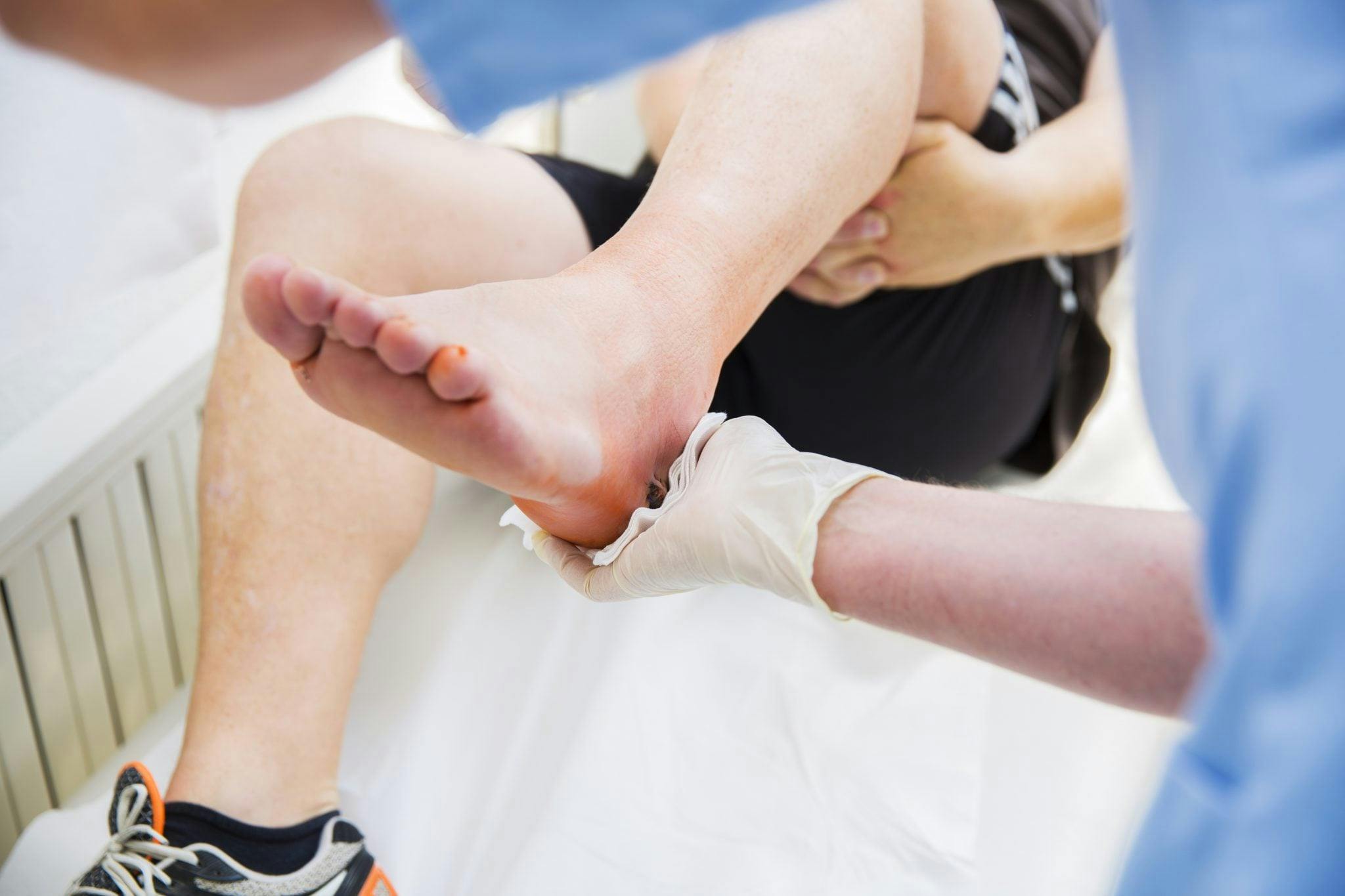Broken bones are common in childhood and often occur in the ankles, wrists, fingers, forearms and elbows, These fractures are typically the result of sports or other high-impact activities. Here’s what you can do as a parent if your child breaks a bone.
Immediately After Injury
Shortly after an injury occurs, the goal is to limit pain and make your child as comfortable as you can.
- Prop it up: Raise the injured area to a level above the heart as often as possible. This will help limit swelling and may increase comfort, and should be done whenever possible right after the injury, including while the child is sitting or lying down.
- Ice: For the first 24 to 48 hours after the fracture, ice the injury as often as possible. Replace the pack when needed, and make sure a cast doesn’t get wet if one has already been placed.
- Pain medication: Children can generally take acetaminophen or ibuprofen for pain issues.
In some cases, simply being able to tell if an injury is a fractured bone can be difficult. In certain situations, traditional symptoms like pain, swelling and physical changes to the bone can be enough – but in others, they may not be. Some other signs to keep in mind include:
- A grinding noise or snap heard during the injury itself.
- Painful for the child to move the bone, touch it, or even press on it. For legs, they may experience pain putting weight on it.
- A physical deformation – for severe breaks, this could actually include the bone breaking the skin.
Splint or Cast Care
In certain fracture cases, the doctor might determine that only a splint is required to keep the bone in place. They’ll place this over a layer of cotton, then use basic straps to keep it in place.
In most cases, though, a cast will be needed. These will usually be made of a thick plaster or a synthetic product. Keep in mind that your child may experience the following:
- Itching: A common concern with the cast, children will be tempted to stick items down the cast to relieve this – be strict about preventing this. This can risk scratching the skin and creating an infection. Rather, tap on the outside of the cast to relieve itching, or use a hair dryer with cool air to blow into the cast. If none of these tips works, consider a dose of Benadryl to help with itching (best near bedtime, as this can cause sleepiness).
- Liquid: In some cases, you’ll have to keep the cast dry at all times. Ask your doctor if the cast can get wet. Regardless, never submerge the cast in water completely, as even the types that provide some protection from moisture aren’t meant for this.
Establishing Routine and Waiting for Healing
After a few days or weeks, pain symptoms will reduce and your child will begin settling into a normal routine and looking to get back to their activities. Important recommendations for parents during the healing period include:
- Understanding: It may be difficult for children to understand that they can’t quickly get right back to all the sports or activities they did before the injury, especially younger children. Take the time to explain to them that they need to heal first, and if you think they need it, create a game or another type of fun distraction to keep them within their restrictions.
- Timing: Each fracture heals at its own rate, and this could depend on the age of your child, the type of fracture and other factors. Healing could take anywhere from three to six weeks. Help your child understand the importance of following the doctor’s directions here.
- After cast removal: Prepare your child that the injured area may feel strange or even painful right after the cast is removed. They may experience stiffness or issues with range of movement, but these will improve quickly as they get joints and muscles back up to speed.
Your doctor can offer additional treatment and home recommendations for a broken bone in your child.
Our providers take time to listen and communicate clearly with each patient, and our professional and courteous staff provides quality, personalized care for all of our patients’ general health and medical needs. We specialize in weight control, depression management, skin care, hormone replacement, cardiac conditions and cholesterol management. We strive to provide our patients and their families with quality healthcare services and respect their right to participate in all treatment decisions.
Sources:
“Help Your Child Heal a Broken Bone.” WebMD. https://www.webmd.com/children/features/heal-child-broken-bones#1
“Broken Bones.” KidsHealth.org. https://kidshealth.org/en/parents/b-bone.html







